
About This Quiz
When we're born, we have about 270 bones. As we grow, some of those bones fuse together, leaving us with just about 206 bones left over. That's a lot of components to help us walk, talk, sit and go about our everyday business. Those of you who have taken an anatomy and physiology class know that the human skeleton is beyond complex. Each of these bones has a different function and is pretty necessary to complete tasks in a normal fashion. Some bones protect various parts of our bodies. Some bones help us walk upright. Still other bones hold our organs in place. No matter what, the majority of our bones are there for a reason (or, due to evolution, once served a greater purpose).Â
While you might know the skull, tibia and fibula, do you know what the bones at the tips of your fingers are called? Save your answer for this quiz. But remember, even if you aren't familiar with the full names of human bones, we welcome you to guess what goes where. Take this quiz to see just how much you remember from your A & P class (or even high school biology) and see if you can guess more than 20 of these bones correctly.
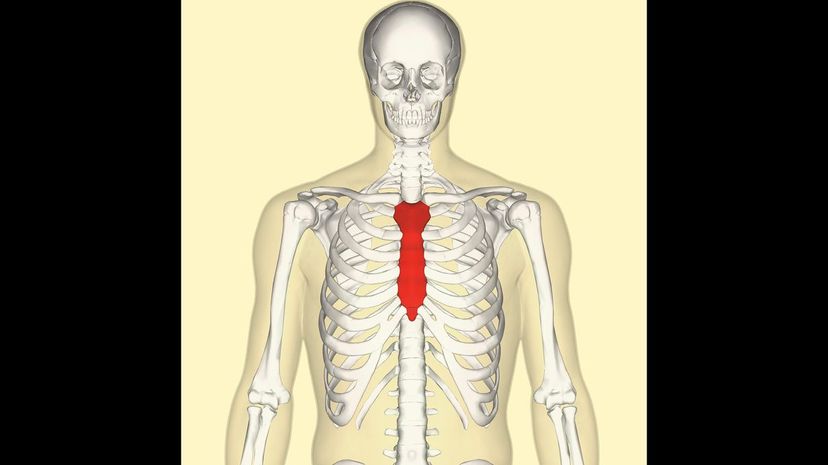
The sternum is one of the most essential bones in the human body. It protects the heart and lungs along with all of the major blood vessels in that area and connects to either side of the rib cage with cartilage.

If you look at your hand, you might be able to see this bone (under the skin, of course), or you can feel this bone if you rub your wrist on a flat surface. This bone helps to connect the ulna to the wrist.

If humans had wings, this is where they would sprout from. Scapula bones are essential to help you stand upright and give you balance while you walk. They connect with the humerus and the clavicle.
Advertisement

The humerus bone is right where your funny bone is. Have you ever hit your elbow in just the right spot, so it hurt all the way up your arm and down to your fingers? That's hitting nerves near the humerus. It's called hitting your funny bone, but there is nothing funny about it.

The fibula bone is a bone in your lower leg that helps you stand upright. This bone doesn't have a lot of protection, so it can end up getting broken quite easily, especially if you play sports.
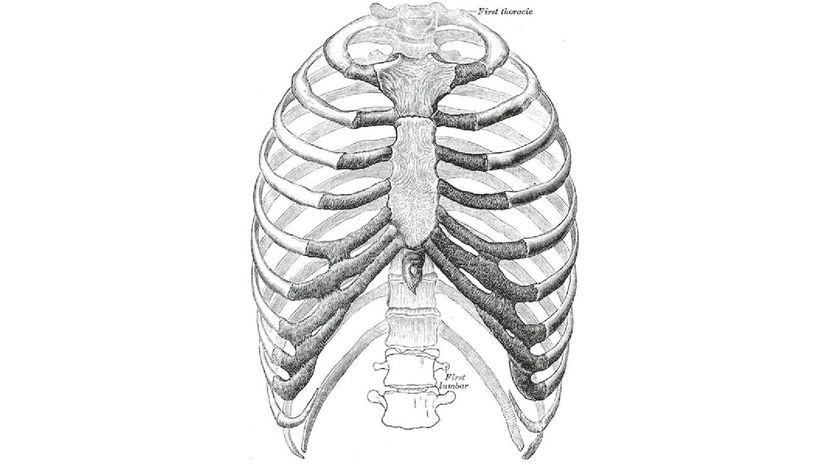
Your rib cage is an essential structure of bones in your body. It helps protect the majority of your major organs, including the lungs and the heart. Most mammals have rib cages that do the same thing.
Advertisement

The nasal bones are different on every person, and they help create the shape of your face. How big are your nasal bones? Check your nose. While the nose itself is made out of cartilage, the nasal bones meet at the bridge.

Every human body has 56 phalanges (unless wood shop accidents count). These bones help you bend your fingers. They can be found on all of your fingers and toes except the big toe and thumb.

Depending on the body type of the human, the clavicle bones can actually be very prominent. These two bones stretch the entire width of the shoulders, and these bones are the only long ones that are horizontal in the human body.
Advertisement
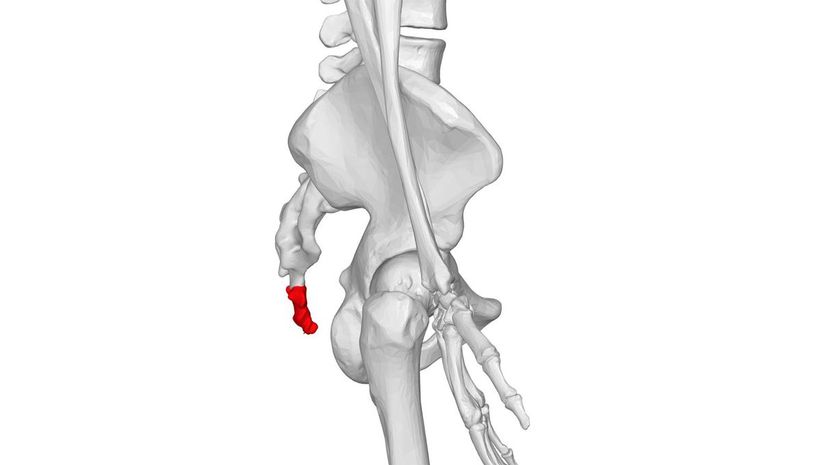
The coccyx is also known as the tailbone. It is pointy, which means if you fall on it, it hurts. While these bones rarely break, if they do, you can be in a lot of pain, and it can cause damage to the rest of your spine.

The radius is one of the smaller bones in your forearm. It helps connect your elbow to your wrist. If you put your wrists facing up, the radius or radial bone is the bone on the outside (furthest away from your body).

The patella is your body's natural form of armor. This joint bone helps protect the connection between your femur and tibia and fibula, which is only put together with cartilage. It is an essential bone for everyone, but especially for athletes.
Advertisement

At the base of your skull rests your occipital bone. It protects your brain, and it helps to hold your skull and spine together. It protects the part of your brain that's meant for eye function, which is why it's called the occipital bone.

While the finger bones are called phalanges, the bones that make up the palm of your hand are called the metacarpal bones. They function the same way that the metatarsal bones in the foot function.

The mandible is the lower part of the jaw. It holds your teeth and helps you eat. Additionally, this bone is slightly different on everyone and can determine the shape of a person's face, as it is one of the most prominent bones.
Advertisement

The frontal bone is the bone you use to headbutt someone who you're mad at. This bone is incredibly strong, and helps protect your brain from damage. It has two sides and fuses together when you are a little baby.

The wider, fused area at the bottom of your spine is known as the sacral region. The sacrum bone is usually between the final lumbar spine and the coccyx (or tailbone). This bone helps you sit and walk upright.
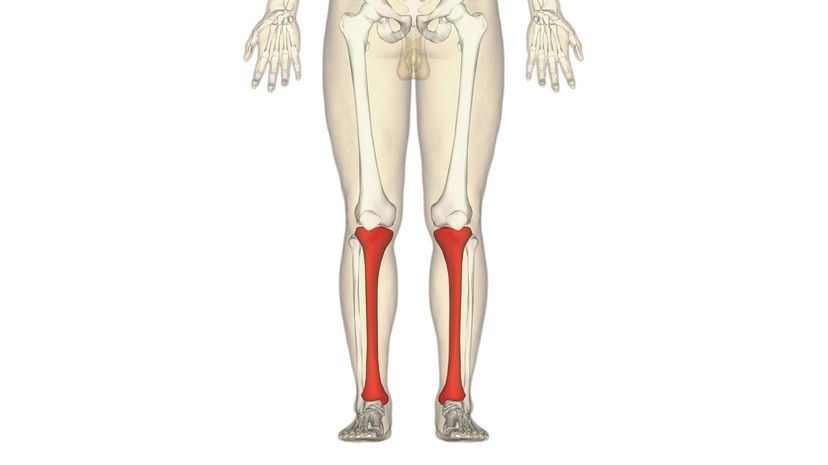
The tibia bone is found on the lower leg next to the fibula bone. This bone is much thicker than the fibula, and is also known as the shin bone. It's connected to the knee and helps you walk and stay balanced.
Advertisement
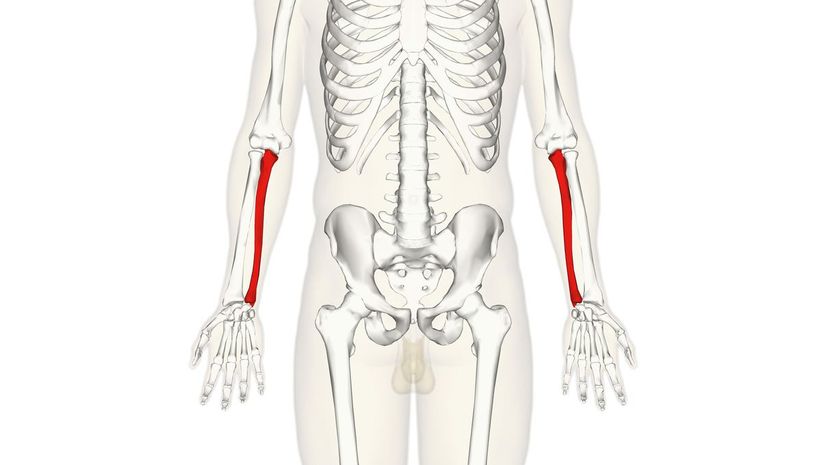
The ulna is another smaller bone in the forearm. This bone doesn't have much in the way of protection, and that's why it's so important to wear wrist guards and other protective gear while playing sports.

When you watch cooking shows, you might hear someone say "you have a strong palate." This means that you can taste a lot of different flavors and tell them apart. The palatine bone helps you do this by holding all of the nerves that help you taste.

The femur bone is the bone that stretches from your hip to your knee. It is a single bone that helps hold up the majority of your body weight. It is considered the longest and strongest bone in the human body.
Advertisement

The thoracic vertebrae aren't really named; they're numbered. There are three parts of the spine with vertebrae, and all of the vertebrae are numbered differently. This helps keep things simple.

The malleus bones are another set of bones in the inner ear that help you feel vibrations that your body translates into sounds and gives you the ability to hear properly. Malleus bones are hammer-shaped.

Another name for the calcaneus bone is the heel bone. It is the bone at the heels of your feet, and it protects the rest of your foot while you are walking. It is one of the largest bones found in the foot.
Advertisement

The talus bone is what connects the foot to the ankle. They are essential for the joints because these small bones help with range of motion in our feet. They're also necessary for walking and balance.

This tiny little bone is often found in the middle ear. It is one of the hardest bones in the human body to break because it's so protected by cartilage. The bone is necessary for picking up vibrations when we hear.

There are several bones in your wrist. The reason there are so many is because the wrist needs to remain mobile and function without forcing any of the other bones to move. The lunate is the center bone where the wrist and hand meet.
Advertisement

The little bump on the roof of your mouth between your palantine bones is known as the vomer. If this bone breaks or fractures, it can cause a lot of nasal and sinus issues. It's rare that it would break, but not unheard of.

The sphenoid bone isn't a pair, and it can be found near the temporal bone, near the eyes of a human. It moves in an orbit form, which only six other bones in the human body can do.

At the point where your ankle bones meet the rest of your foot bones (think the palm of your foot), there are small bones connecting each line of bones. The lateral cuneiform bone is found on the bone next to the bone that makes your big toe.
Advertisement

There is a single bone that separates your sinus cavity from your brain. If this bone breaks, it can penetrate the brain and cause a lot of damage. This bone is known as the ethmoid bone.

The cuboid bone is a tarsal bone in the foot. That means that it is essential for balance and stability while you walk. This is a strong bone which connects the feet to the ankles of your body.

You can find the triquetrum bone at the bast of your hand, where your hand meets your wrist. This bone helps you move your wrists without moving the rest of your palm or finger bones.
Advertisement

While you might think that a capitate bone would be somewhere near the head (decapitate = loss of head), it technically is. It is near the head or rounded area of the wrist, which could give it its name.

The incus bone is found in your inner ear. It's anvil-shaped, which is why it is also called the anvil bone. It is attached to the malleus and receives vibrations to help you interpret sounds.

The navicular bone is pretty much the scaphoid of the foot. It helps people move and is located right where we would call the bridge of the foot. They are connected to the tibia bone by the talus.
Advertisement

Parietal bones often function as nature's helmet. They are on the skull, above the ears, and they wrap around the top of your head. These bones only work well if the other skull bones are intact, of course.

If you've been a big fan of shows like "CSI: Crime Scene Investigation" you probably know that this is the bone that breaks when people are strangled. This bone is also known as the tongue bone on humans.

This tiny bone doesn't seem like it could possibly do much, but it is actually an integral part of the hand. It holds the palm together to make sure that it maintains structure. Most people go their entire lives without even knowing that this bone exists.
Advertisement